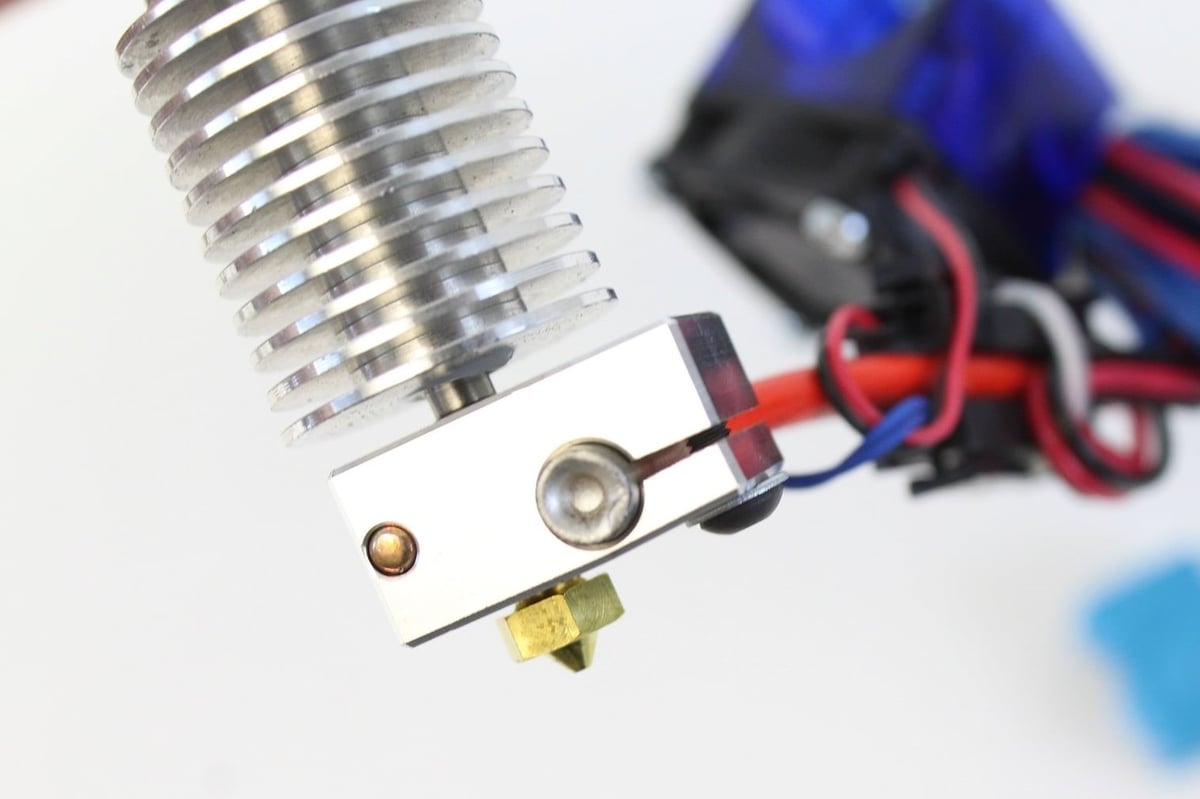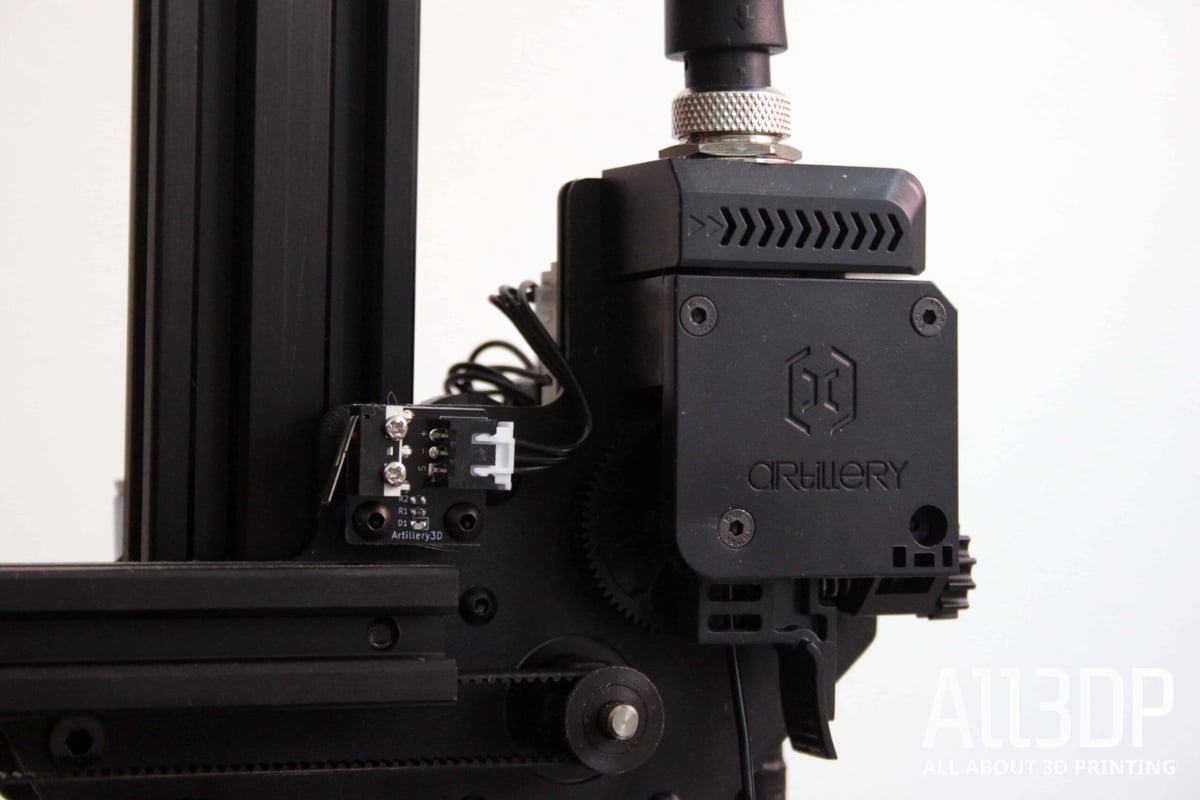This past Tuesday, E3D, a celebrated 3D printer part developer and manufacturer responsible for designing ubiquitous extrusion systems like the Titan extruder and V6 hot end, announced plans to begin filing patents for some future products. Having previously been a company dedicated to creating open-source products, the move has resurfaced contentions over patents in the 3D printing community.
Many in the 3D printing community credit patents with stifling innovation early in the technology’s life by prohibiting improvement and widespread commercialization due to a 20-year-long Stratasys patent, despite a large open-source community, the RepRap project, producing many such innovations before the patent expired in 2009.
E3D has suffered from the opposite experience, with many of the company’s products having been cloned and offered at significantly lower prices. In the announcement, it expressed that undercutting has not only limited profit and its ability to reinvest in R&D, but has also served to damage its reputation at times when competitors use the E3D trademark to sell lesser products, and that patent trolling is impeding its work.

The company seems to be taking a middle-of-the-road approach to patenting, expressing plans to continue releasing open-source products “wherever we can”, and making a “legally binding promise to never enforce our patents against anything done privately and non-commercially, or against academics conducting experiments.”
Still, many in the community are concerned these patents will restrict innovation by halting commercial development with the most innovative products available for the full patent duration, as the company has made no suggestion as to how long they intend to hold patents, nor any suggestion of how they intend to handle licensing.
The company has also said it intends to only patent “the very specific things we really invented. Not file the broadest, widest patents that block people from also contributing to technical progress,” but it can’t be known how ubiquitous those inventions may become, nor how much opportunity there will be for third-parties to improve upon them.

It’s unclear how this shift will impact emerging businesses in the 3D printing industry, who presently enjoy a wealth of open-source products to implement in their designs. Artillery, for example, is a relative newcomer having entered the market with the Sidewinder X1 at a relatively low price in 2018. All of Artillery’s printers include their own version of an E3D extruder and hot end. Should E3D dramatically supersede these designs, businesses like Artillery will likely need to accommodate a licensing fee to offer an up-to-date product.
But of course, does E3D have any obligation to avoid creating these hurdles at its own expense? And will increased profits for a heavyweight inventor like E3D deliver more innovation than before? Let us know what you think in the comments below.
License: The text of "E3D Announces Patent-Filing Plans" by All3DP is licensed under a Creative Commons Attribution 4.0 International License.